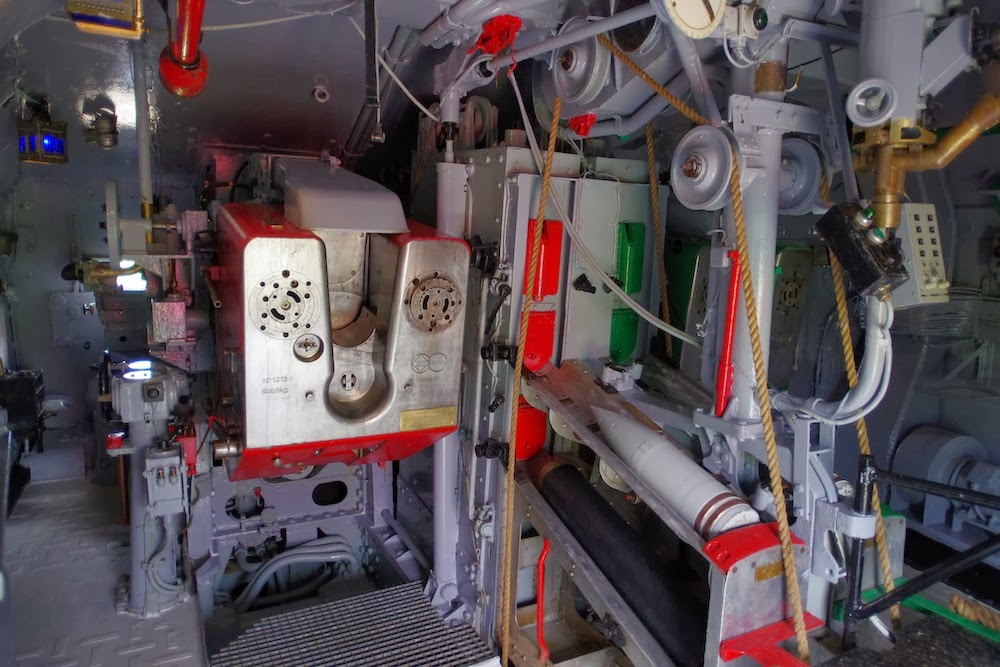In the research undertaken for a late cold-war spy-thriller series called The Elements, one of the most unique places I have had the pleasure to visit is the cold war Stevns Fort complex. Stevns Fort was built in response to the development of the Cold War and the threat of Soviet invasion.
A visit to this place is an experience like none other: A guided tour is a must. This was the front line and is a great visit for anyone interested in these things. No optical illusions here, the tunnel really is that long. And there's more than one.
Visiting this place was very similar experience visiting the tunnels of the Maginot Line. But that was in the days before I got my first digital camera. Entry to the complex is afforded through the central entrance bunker. A deep stair takes the visitor to the cold depths that was the heart of the cold war in Denmark - the front line between East and West.
The fort opened for the first time in 2008 and was built during the cold war in the years 1950-1953. It consists of an above ground radar and armoured battery and an underground tunnel complex carved out of the chalk cliffs of Stevns Klint.
The fort had a main armament of 4 150mm canon in two turrets that had previously been mounted on the german battleship Gneisenau from the second world war. These are still in mint condition.
The Gneisenau.
The turrets seen in the recent picture above the battleship are the secondary turrets on the sides of the Gneisenau from world war II still in working order today. The main turrets of the Bismarck class battleship can still be seen at the wartime battery in Norway.
Each gun has an operational radius of 23 km making it possible to reach the Swedish coast and even the Køge bugt bay south of Copenhagen, due north of Stevns Klint Fort.
The guns are in mint working condition and were used for training at the close of the cold war. On the picture below the German origins of the canon are evident in the writing and stamps of origin.
Command and radar station covering the Øresund stair, monitoring and registering all passing ship traffic.
It was rumoured that intelligence concerning the sailing of missiles fromt the Soviet Union giving rise to the Cuban missile crisis was first identified and notified from Stevns Fort.
The experience of walking the tunnels is the really what a visit to Stevns Fort offers the visitor - opening out through the cliff face to the ocean beyond.
The green is algae growing on the cold damp chalk walls. It does not pose a health risk being a normal condition for places underground like this.
Sleeping quarters for the personnel at a time of alert.
As an anecdote - the blast proof steel doors below were removed from a wartime German bunker and rebuilt into the Stevns Fort.


























No comments:
Post a Comment